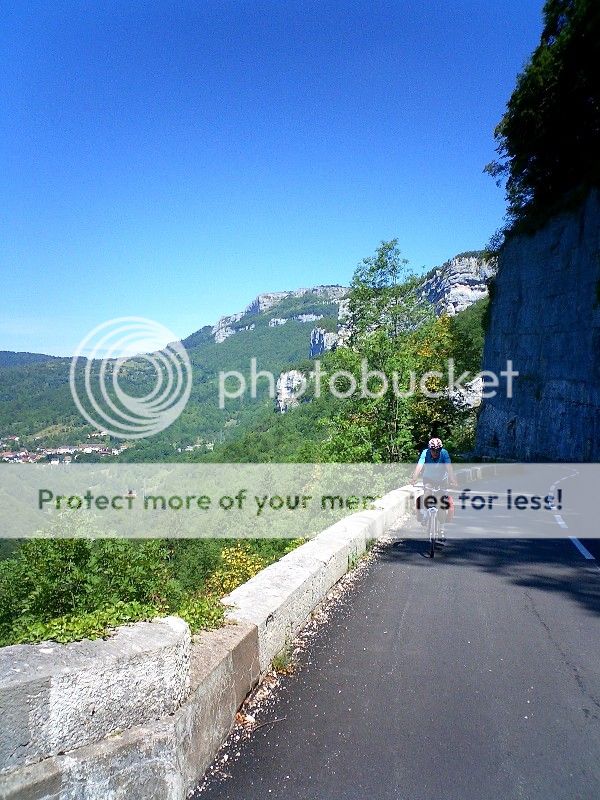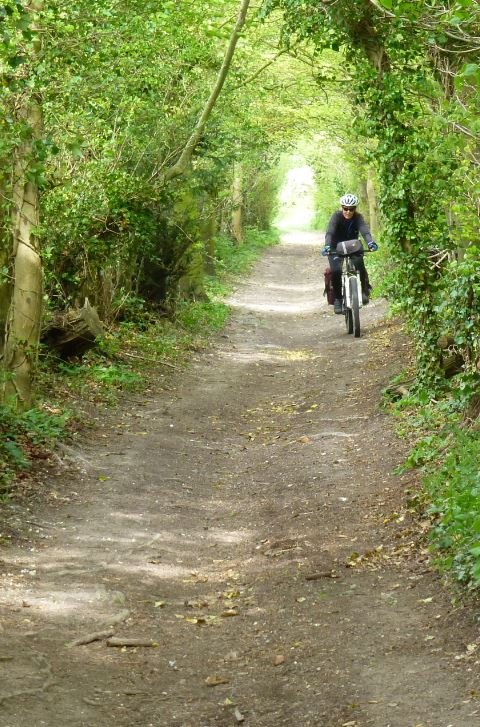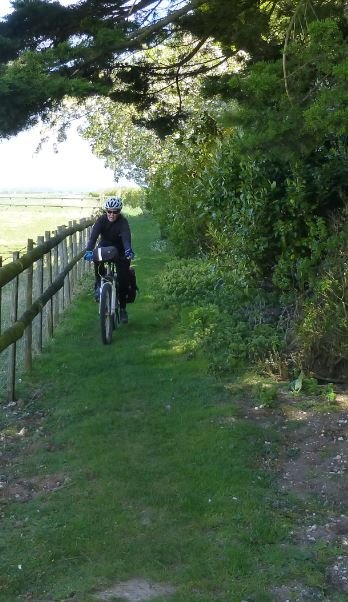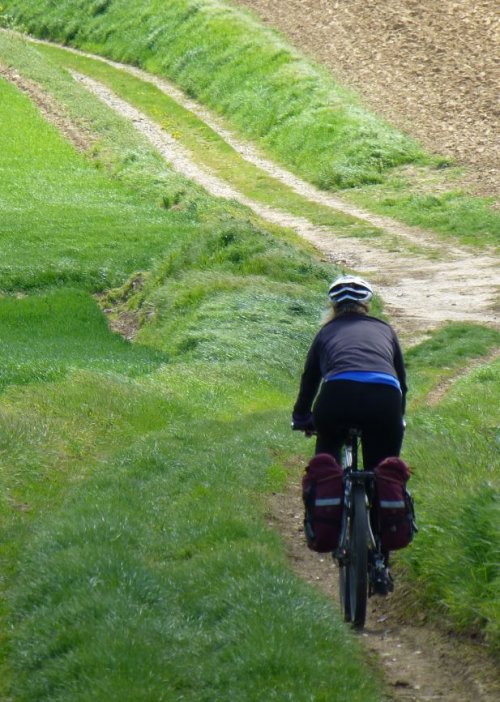Sheffield James
Member
- Time of past OR future Camino
- 2013, 2014, 2015, 2016, 2017,2018, (2019)
I am in the early stages of researching the Via Francigena and I would like some advice that will help me decide if/how I should do it. I apologise in advance at the naivety of my thinking at this stage. I would like to start in Canterbury and journey through to Rome all in one go. Currently, I am toying with the idea of cycling the first part through England and France, and then walking through Switzerland and Italy to The Eternal City
My reasons for doing it this way include:
1) I think it will be too expensive to pay for accommodation every night for 3 months, so cycling the first bit in England and France has the advantage of cutting down the total number of overnight stops;
2) I have read that accommodation is nowhere as easy to find in France as it is on the caminos in Spain. The daily distances one might need to cover to reach available accommodation may be greater than I think I can manage physically, and at the pace I tend to walk when on my own;
3) I am type-2 diabetic and I may have difficulty persuading my doctor to give me a full three months medication; and
4) I have very limited experience of cycling and, while I think I might manage the relatively flat English and French landscapes with a bit of practice, I'm pretty sure I would find it easier/less scary to climb through the mountains of Switzerland on foot than I would to cycle up/down them. Also, my natural inclination would be to walk the last stage(s) into Rome on foot.
So, I would welcome advice along the lines of:
a) what kind of bicycle would be considered most suitable for the mostly road cycling I think I'd be doing? I would expect to give away the bike at some point en route, so I'd hope to avoid the expense of the top-of-the-range options.
b) what other 'standard' equipment would I need to carry with me, eg., panniers, spares, etc?
c)) what kind of daily distances would you estimate to be realistic for a novice cyclist? [I was thinking maybe 40kms a day, but I have no idea really]
d) is my thinking correct vis-a-vis cycling the first bit, and leaving the Swiss leg for more experienced cyclists to undertake?
e) is cycling generally considered to be kinder or harsher on the knees than walking the same distance? I have a knee that has suffered some damage as a result of completing the Camino Frances, so it would be good to know if cycling might be more or less helpful in minimising further injury.
Any thoughts on this and related matters would be appreciated. I know it will be difficult to give too much detail to what are quite general questions, so I hope you don't mind if I ask supplementaries at a later stage.
Thank-you!
My reasons for doing it this way include:
1) I think it will be too expensive to pay for accommodation every night for 3 months, so cycling the first bit in England and France has the advantage of cutting down the total number of overnight stops;
2) I have read that accommodation is nowhere as easy to find in France as it is on the caminos in Spain. The daily distances one might need to cover to reach available accommodation may be greater than I think I can manage physically, and at the pace I tend to walk when on my own;
3) I am type-2 diabetic and I may have difficulty persuading my doctor to give me a full three months medication; and
4) I have very limited experience of cycling and, while I think I might manage the relatively flat English and French landscapes with a bit of practice, I'm pretty sure I would find it easier/less scary to climb through the mountains of Switzerland on foot than I would to cycle up/down them. Also, my natural inclination would be to walk the last stage(s) into Rome on foot.
So, I would welcome advice along the lines of:
a) what kind of bicycle would be considered most suitable for the mostly road cycling I think I'd be doing? I would expect to give away the bike at some point en route, so I'd hope to avoid the expense of the top-of-the-range options.
b) what other 'standard' equipment would I need to carry with me, eg., panniers, spares, etc?
c)) what kind of daily distances would you estimate to be realistic for a novice cyclist? [I was thinking maybe 40kms a day, but I have no idea really]
d) is my thinking correct vis-a-vis cycling the first bit, and leaving the Swiss leg for more experienced cyclists to undertake?
e) is cycling generally considered to be kinder or harsher on the knees than walking the same distance? I have a knee that has suffered some damage as a result of completing the Camino Frances, so it would be good to know if cycling might be more or less helpful in minimising further injury.
Any thoughts on this and related matters would be appreciated. I know it will be difficult to give too much detail to what are quite general questions, so I hope you don't mind if I ask supplementaries at a later stage.
Thank-you!























